Chambal River
An ancient curse kept humans from living on the water, and now it's brimming with rare wildlife and is one of the most pristine rivers in India.
First it was cursed. Then it was infested with outlaws and a Bandit Queen. But now the Chambal River in North India is a wildlife sanctuary home to rare species and pristine waters. The Chambal’s infamous reputation is part of the ancient folklore of the region and the history of India. The irony is, the river’s legendary infamy is what saved it.
The Chambal is a major river in India, at almost 620 miles (1,000km) in length. It acts as a boundary between the states of Madhya Pradesh and Rajasthan, and then becomes a boundary between Madhya Pradesh and Uttar Pradesh further downstream. Finally, it merges with the great Yamuna River.
The curse of the Chambal River goes back to epic times. In the Mahabharat, the great story of ancient India, the Pandava brothers lost a dice game to their cousins the Kauravs on the banks of the river Chambal (then called Charmanyavati) and saw their queen Draupadi disgraced and disrobed. In reply to this humiliation, she cursed the river for bearing witnessing to it. Henceforth, anyone who drank of the waters of the river would be filled with unquenchable thirst for vengeance.
From those ancient times until very recently, the legend kept people from wanting to live on river. The Chambal and the ravines that line its banks became a refuge for rebels, bandits, and others who were seeking revenge or escaping from the law.
From the time of the 1857 rebellion in India, rebellious sepoys and sympathizers took to the ravines, but over time, these gangs became common thugs and dacoits (bandits). In fact, the word thug comes from the Hindi word that means to cheat or swindler. Thuggees were part of a network of highway bandits who roamed the Chambal badlands, as well as other parts of India.
India’s notorious Bandit Queen, Phoolan Devi, and her gang hid out in the Chambal ravines. She was the last of the infamous outlaws to make the region their lair. Since the 1970s, the dacoits have been rehabilitated, and the Chambal River and valley is now a peaceful place.
Turns out, the ancient curse was actually a blessing. It saved the Chambal from human habitation and pollution, and fortuitously created a pristine wildlife sanctuary where two types of crocodiles (mugger and gharial), Gangetic river dolphins, jackals, rare turtles, otter, and hundreds of bird species flourish. In fact, gharials, though commonplace in Chambal, are rarely to be seen elsewhere. On a Chambal River boat ride, you can see, for example, storks, babblers, larks, falcons, skimmers, terns, and sarus cranes.
Today, the major threat to Chambal now lies in its very allure. The pristine environment is attracting fish poachers, illegal sand mining, and polluting construction projects and factories. Perhaps it’s time for a new curse?
Know Before You Go
The Chambal River is a day trip from Agra. There are several sanctuaries and safaris where you can hire a boat to take you out on the river. There are hotels and eco lodges in Agra, Etawah, and Bah.
Plan Your Trip
The Atlas Obscura Podcast is Back!





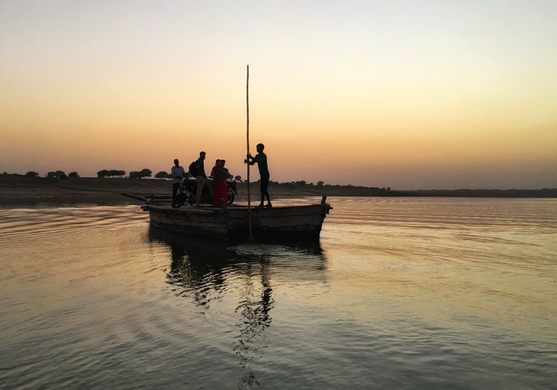
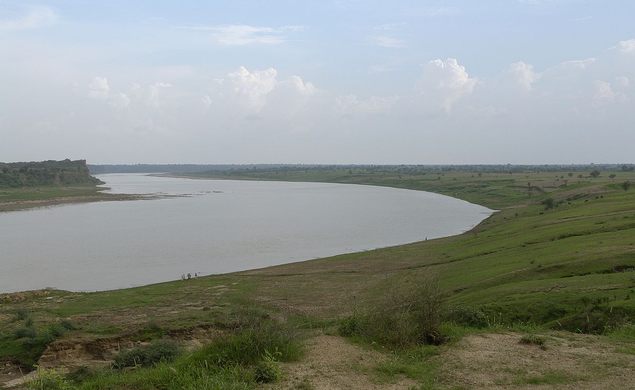

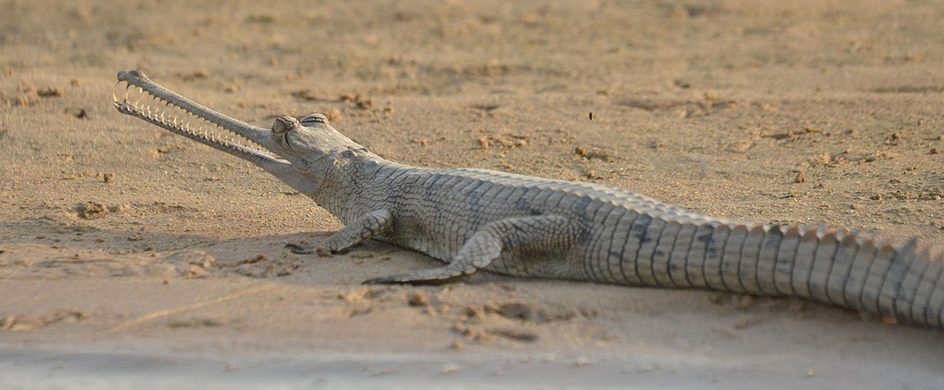
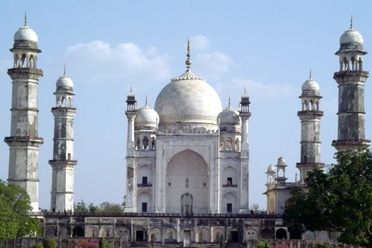







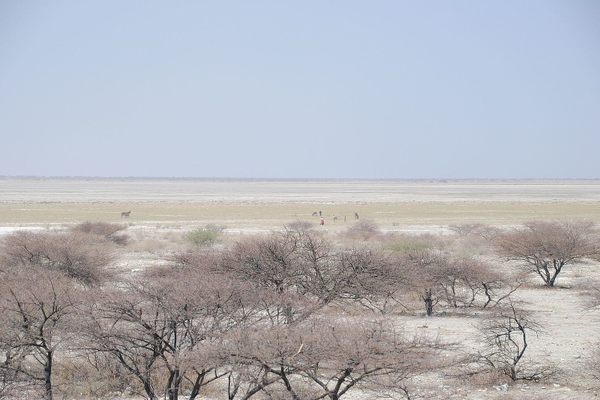


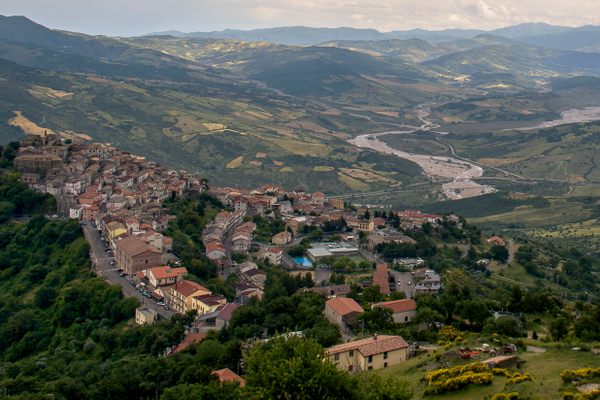

Follow us on Twitter to get the latest on the world's hidden wonders.
Like us on Facebook to get the latest on the world's hidden wonders.
Follow us on Twitter Like us on Facebook